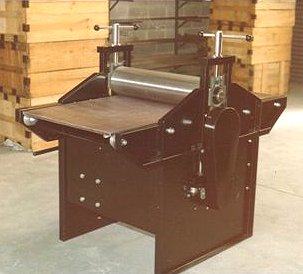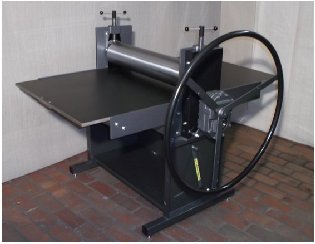
enjay etching presses from the early days
Disclaimer: While we endeavour to keep information about our products up to date, we can not guarantee the accuracy of all the information on our website, and recommend you contact us directly to confirm prices and details.







